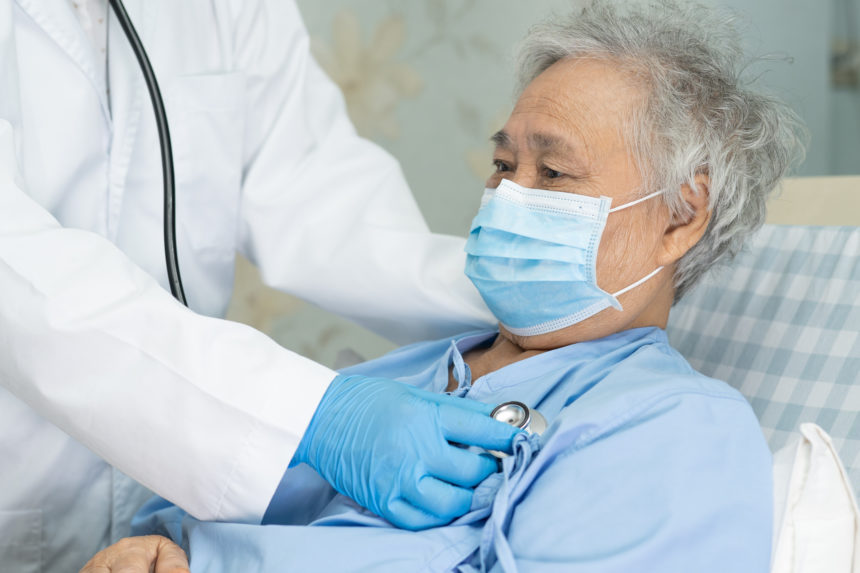
It could cost larger nursing homes up to $15,000 per week to comply with new COVID-19 testing requirements for staff members, according to a report released this week by LeadingAge.
The organization’s pandemic situation report on Wednesday highlighted the immediate challenges and needs of aging services providers during the public health crisis. Testing and personal protective equipment costs remain top worries. The analysis explained that expenses for testing at a 150-bed facility can cost between $3,750 and $15,000 per week depending on their staffing levels and community COVID-19 rates.
Community COVID-19 data is being used to dictate staff testing frequency. Workers need to be tested only once per month if a community’s positivity rate is below 5%. If the positivity rate is between 5% and 10%, staff should be tested once a week. And if the positivity rate is over 10%, staff should be tested twice a week, according to the guidance.
“With no end to the pandemic in sight, these costs — for tests alone — are a significant burden,” the report stated.
“In addition to the costs of test kits — antigen ($25/test), PCR ($150/test), Abbott point-of-care ($5/test) — providers must also pay for test supplies, shipping PCR test samples to labs for processing, and hiring or reallocating and training staff to perform the tests, as well as the PPE that must be used while administering the tests,” it explained.
Prices for PPE are also skyrocketing for healthcare providers, thanks to reopenings around the country that have forced operators to compete with other institutions for supplies. A study conducted by LeadingAge Washington found that skilled nursing facilities have seen up to 37% cost increases for gloves, 190% for eye protection, 285% for surgical masks and up 386% for gowns.
“A leading supplier estimates PPE products are now 4-8 times more expensive than before COVID-19, especially gloves, hand sanitizer, gowns and masks,” report authors stated.
The analysis stressed the need for additional financial resources for aging services providers, saying the “unexpected and unrelenting cost of COVID-19 is so damaging that many are at risk of not being able to continue operations.”
An August survey by the American Health Care Association found that 72% of nursing home operators don’t believe they’ll be able to sustain operations for another year if current conditions caused by the public health crisis continue. Additionally, 60% said they’ll experience significant problems with increased costs and lost revenue when government funding ends.




